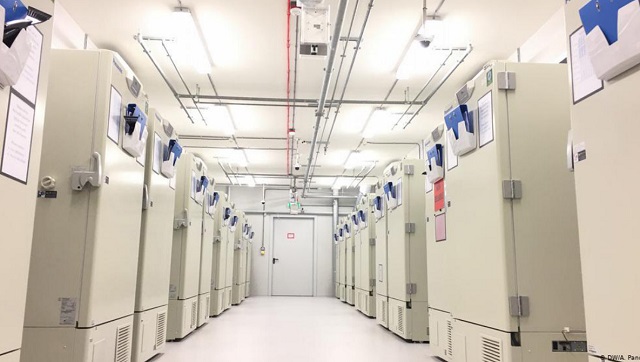
Promising results – here’s what needs to happen next
| ANNE MOORE | Preliminary data from the Pfizer/BioNTech COVID-19 vaccine trial suggests it provides 90% efficacy at preventing the disease. At the very least, this news will result in a large sigh of relief across the vaccine community. It signifies a breakthrough – it’s the first announcement that a vaccine can protect against SARS-CoV-2 infection in humans.
This shows it can be done. But how well it can be done is still a big question that no one has the answer to. These results are promising, but there’s a lot more we now need to confirm.
The 90% efficacy is a strong result, but we should remember that this is an interim analysis, based on 94 cases of disease that have occurred across those receiving either the vaccine or a placebo. Pfizer has noted in its trial protocol that it needs at least 164 cases of disease to occur across the study to reliably assess the vaccine’s efficacy.
If subsequent cases occur more frequently among those who have had the vaccine rather than the placebo, then this efficacy figure will fall. So we don’t yet know if this number is truly reflective of the vaccine’s protective ability – meaning crucially, we need to get to the end of the trial.
But if this is the case, why announce these interim results now? An interim analysis of trial data like this isn’t uncommon, particularly in phase 3 vaccine trials, as it’s not unusual for trials to fail during testing. Therefore, you need to determine as soon as you can, with as much robustness as you can, whether pursuing the trial is worthwhile. Continuing when things are futile is a waste of resources – and in some cases unethical.
The only way to see whether continuing is the right option is for the trial’s independent data and safety monitoring board to look at some or all of the results. For COVID-19, where time is a major constraint, many efforts have been made to incorporate interim analysis into studies in a way that provides an answer, with some confidence, in as timely a manner as possible.
This interim review was therefore planned at the start of the trial, and has fulfilled its purpose. It is a very positive signal that the trial needs to continue – even if the actual data from the review leaves us with many questions.
What we still need to find out
One key thing these interim results don’t tell us is how long protection lasts. Participants in this phase 3 trial received two doses of the vaccine, and measurement of its efficacy was taken seven days after the second dose was given. This is likely around the height of the initial immune response. It will be really important to understand how durable this initial protection is after this point.
A pessimist would hope for retaining efficacy for at least three months. An optimist would hope for retaining high levels of protection for a number of years. However, being realistic, this mRNA-based vaccine platform is new, and so we’ll need time to understand if and when the initial response starts to wane. We also need to understand if this vaccine and others in development can induce good memory responses from the immune system that will provide protection for years to come.
It’s also important to identify the exact immune response that is mediating protection – what are called the “correlates of protection”. Is it a particular type of antibody or T cell that’s involved, and what is the threshold amount of these needed to protect an individual? With this knowledge, future trials can focus on measuring the quantity of these immune markers in individuals to better assess whether vaccines are working.
One other important thing we need to know is whether the vaccine completely prevents people from getting infected with any virus at all, or if it simply makes people more effective at fighting the virus off if they do succumb to some infection. This will govern whether the vaccine prevents only disease or can prevent viral transmission as well. All we know at the moment is that it has reduced symptomatic cases by 90%.
 The Independent Uganda: You get the Truth we Pay the Price
The Independent Uganda: You get the Truth we Pay the Price



